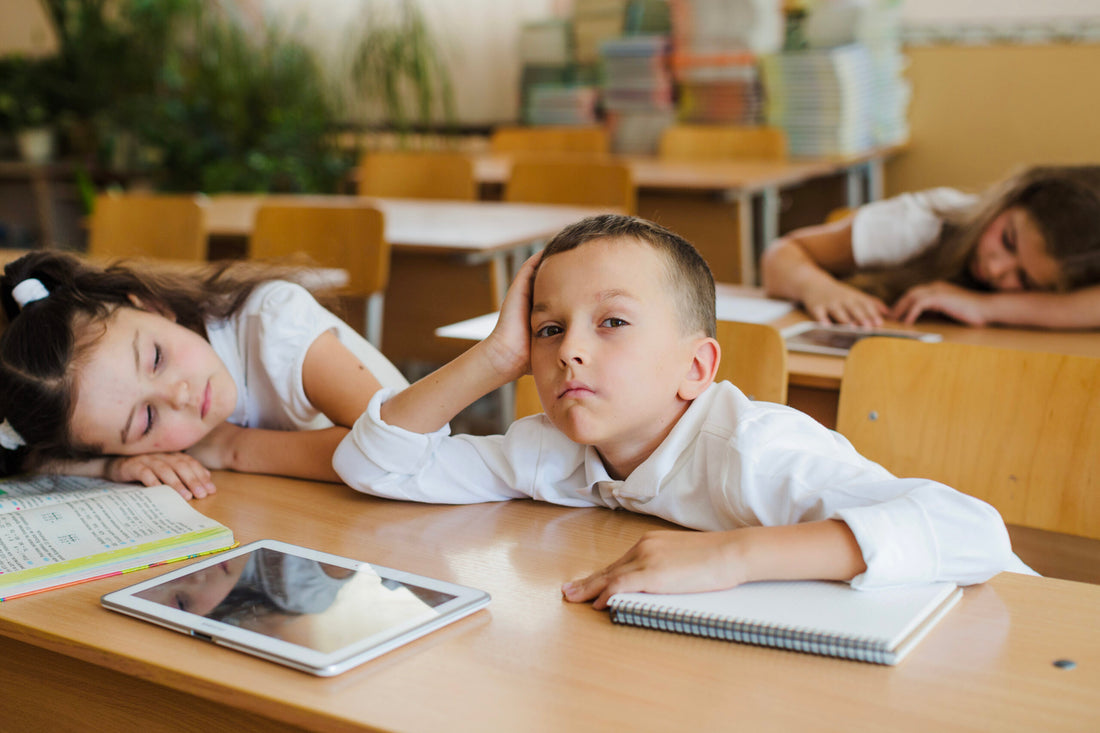
SEL is Essential for Classroom Management
Share
Children often spend more waking hours at school than they do at home. It’s no wonder, then, that schools play a crucial role in a child’s social and emotional development. Fostering a safe and supportive learning environment is essential to help kids develop the skills they need to thrive.
Creating such an environment involves effective classroom management. Part of a teacher’s role is developing strategies aimed at maintaining order and discipline while ensuring that students are engaged in learning. But these rules shouldn’t be about fear, punishment, or controlling student behavior. Instead, they should be about helping kids feel safe so they can focus on their studies.
This is where Social-Emotional Learning (SEL) comes in. SEL is a process through which children and adults develop the ability to understand and manage emotions, set goals, feel empathy for others, establish positive relationships, and make responsible decisions.
Research shows that students who participated in SEL activities exhibited improved classroom behavior, remarkable stress management, and better attitudes about themselves and others.
Common Challenges that Hinder Effective Classroom Management
Before understanding the importance of SEL in the classroom, let’s look at common challenges educators face when managing their students effectively.
1. Disruptive Behavior
Disruptive behavior among students can take many forms. Some may act out in an attempt to get attention, while others may do so because they feel frustrated or overwhelmed. A few may struggle with impulsivity or have difficulty following rules.
While some degree of disruption is expected, chronic disruptive behavior can interfere with learning and make it difficult for other students to focus.
2. Lack of Engagement
In any classroom, there will always be students who are more engaged than others. The reason for this could be anything from a student’s home life to their level of interest in the subject matter.
But when large numbers of students are disengaged, it can have a negative impact on the whole class. Not only does it make it hard for teachers to deliver effective instruction, but it can also lead to behavioral problems as students become bored or restless.
3. Big Emotions
It is not uncommon for students to come to school feeling anxious, angry, or sad. These emotions can be caused by anything from family problems to bullying. When students are dealing with emotional distress, it can be difficult for them to focus on learning or behave appropriately.
Additionally, emotional distress can lead to physical symptoms like headaches and stomachaches, which can further interfere with a student’s ability to engage in the classroom.
Shop ThinkPsych Products
Why is SEL Important for Classroom Management?
SEL provides a framework for teachers to proactively address their students’ social and emotional needs. By helping students understand concepts like empathy, stress management, and problem-solving, SEL gives them the tools to effectively manage their emotions and behavior.
It can make a big difference in the classroom when students have better control over their feelings. With effective SEL, children may develop a positive sense of self, set goals, empathize with others, and establish healthy relationships.
Soft skills like teamwork, communication, and conflict resolution are often left out of academic discussions. But they are just as important as hard skills when it comes to success in life. SEL provides an entry point for kids to develop these skills, which will serve them well inside and outside school.
How SEL Can Be Implemented in the Classroom

There are several ways to incorporate SEL into the classroom. The key is to make it a part of the everyday routine rather than adding another thing to the already full plate teachers carry.
Here are some ideas:
- Start each day with a “check-in” where students share how they’re feeling. This exercise can help them identify and express their emotions and let the teacher know if any student is struggling. You can even bring games like coping dice for kids to use and label their big feelings.
- Incorporate visual aids in the classroom that can help remind students of SEL concepts. For example, an emotions poster can be used to teach kids about different feelings and how to cope with them.
- Use story time as an opportunity to talk about SEL concepts. Books can be used to teach empathy, kindness, and other important social-emotional skills.
- Give students opportunities to practice empathy by having them pair up and share stories about a time when they felt a certain emotion. This helps them understand how others feel and why.
- Encourage students to take breaks throughout the day, especially if they feel overwhelmed. This could be a few minutes of quiet time, walking down the hall, or doing deep breathing exercises.
- Brainstorm with students different ways to handle challenging emotions and situations. This can be done through role-playing or writing exercises.
- Use positive reinforcement to encourage good behavior. Acknowledge students when they’re following the rules and behaving in a way that’s helpful to the class.
- Model positive social and emotional behaviors yourself. This includes maintaining a calm demeanor, handling stress healthily, and respecting others.
SEL is not a cure for all the challenges of classroom management. But laying the groundwork for social and emotional skills can change the overall climate of the classroom and help students to be more successful both academically and in life.
Setting Children Up for Life’s Obstacles
While education is there to equip children with academic knowledge, we as adults must remember that there’s more to life than achieving good grades. Plenty of life’s obstacles have little to do with academics. By incorporating SEL into the classroom, we allow children to learn essential skills to help them face these challenges.
SEL also allows students to develop and nurture relationships with their peers. These positive interactions can buffer against the negative effects of stress and trauma.
Because children spend a large part of their developing years in school, they must have a positive and supportive environment to grow in. SEL techniques can provide that foundation while also teaching kids essential life skills. For teachers and parents, that’s a win-win situation.
References:
- What Does the Research Say? https://casel.org/fundamentals-of-sel/what-does-the-research-say/
- Social-Emotional Learning: Both Facts and Feelings https://harvardpolitics.com/social-emotional-learning/
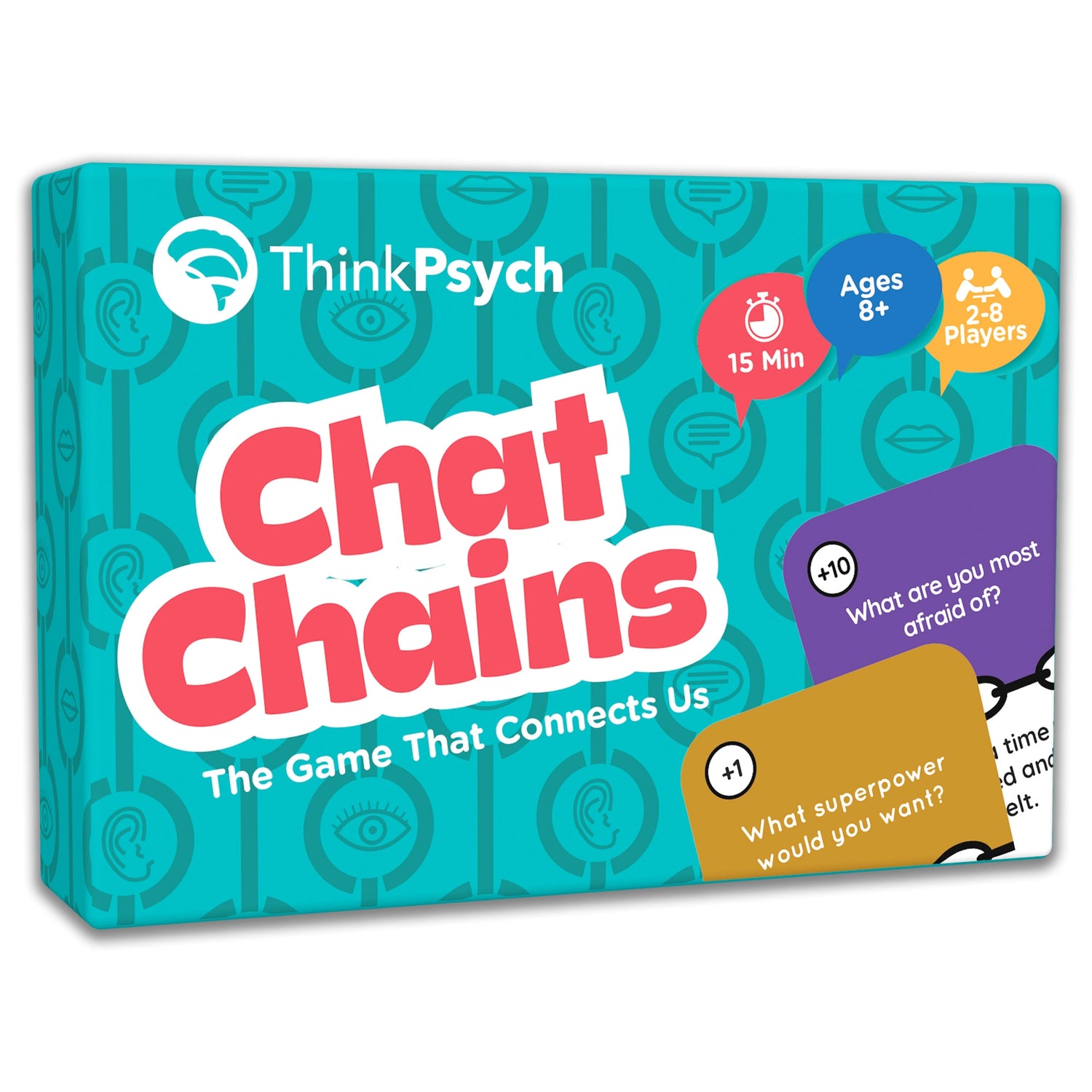

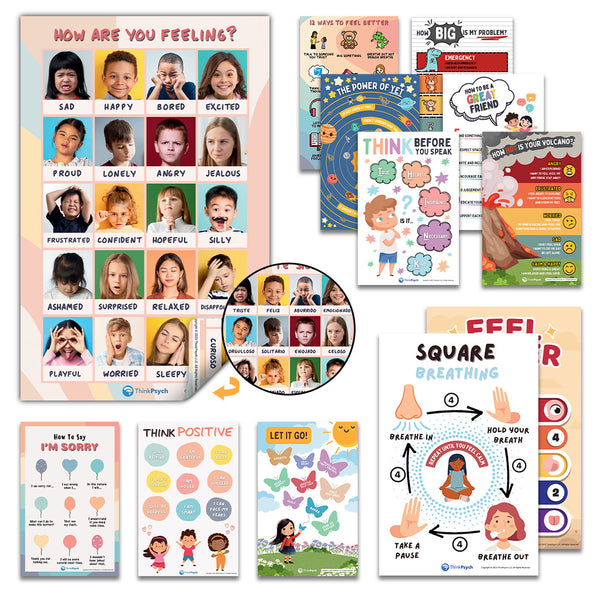
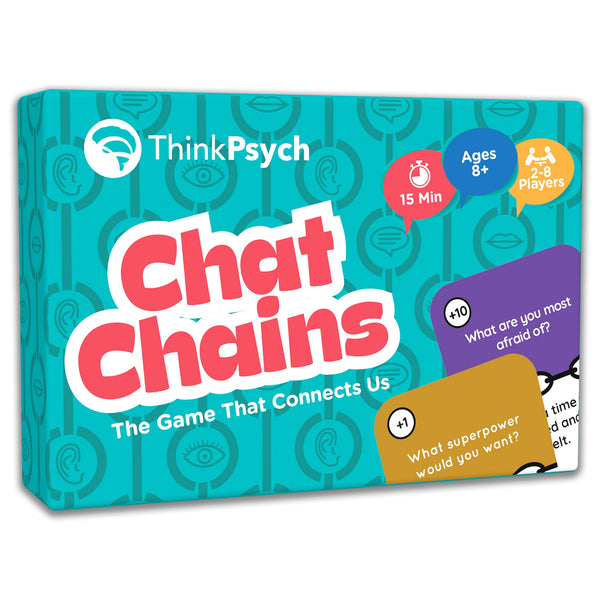
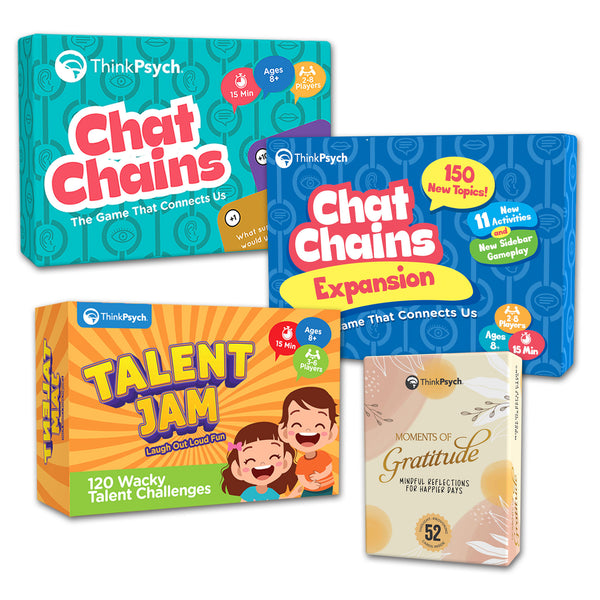

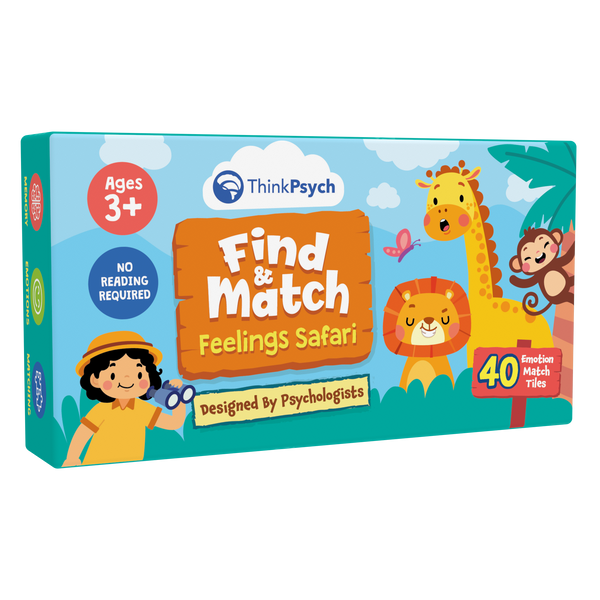
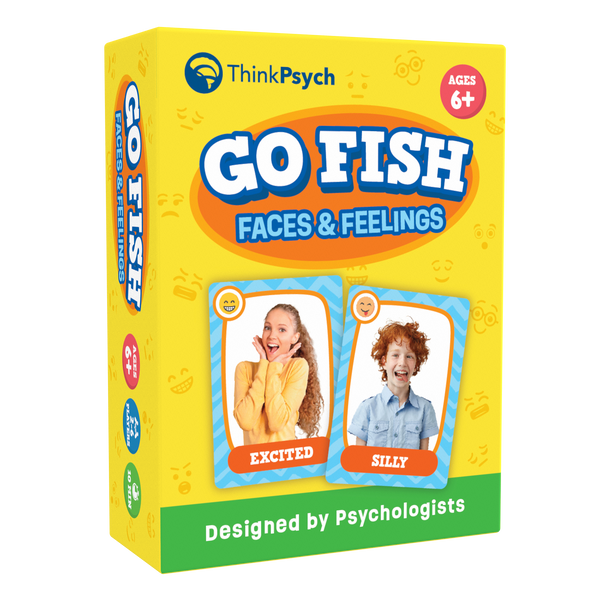
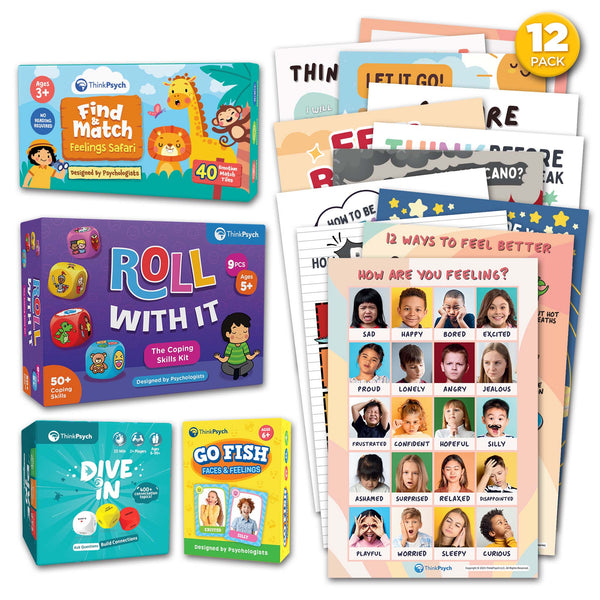

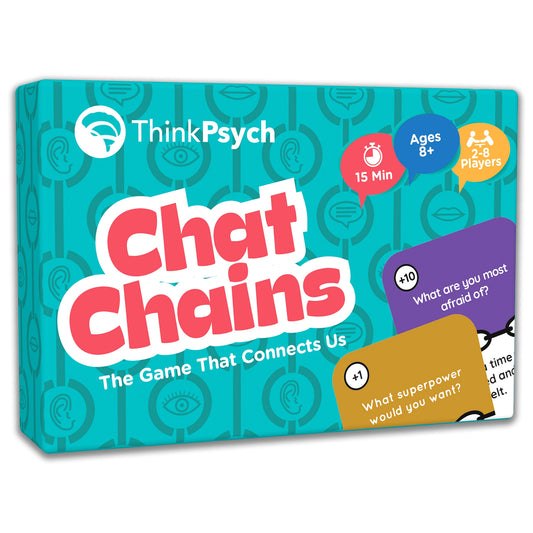
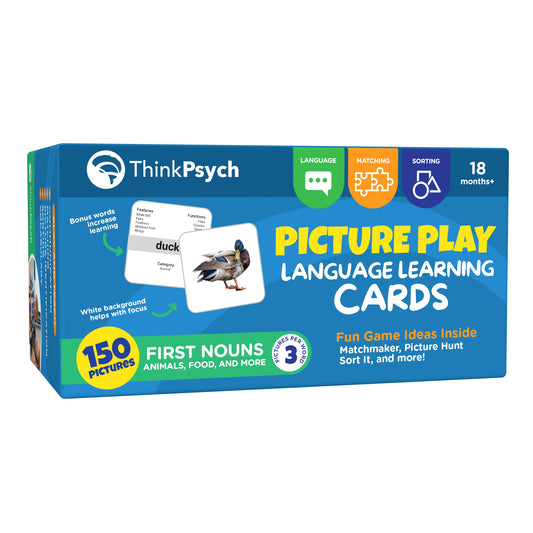
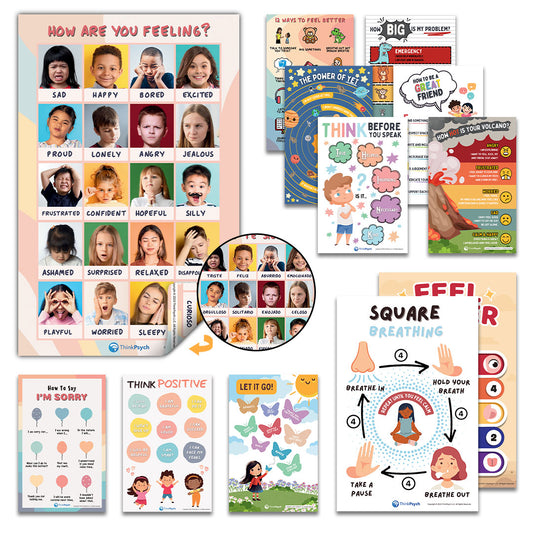
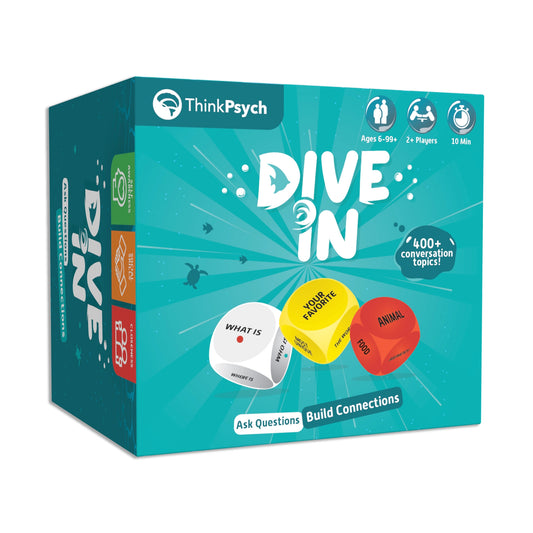
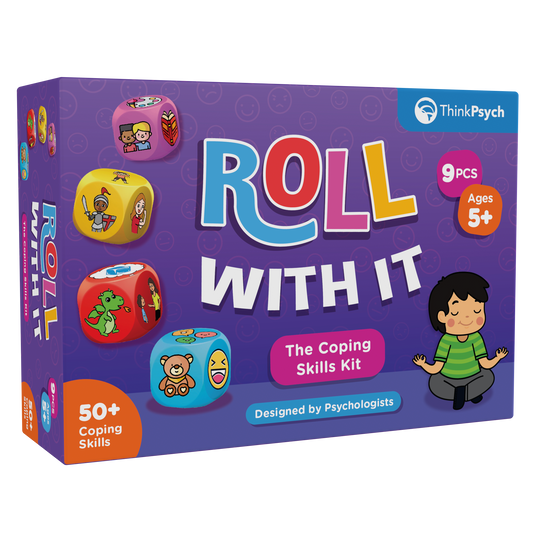



3 comments
Hi Julie, thank you for your thoughtful comment! It’s absolutely true that teachers are being asked to do more than ever, and implementing social-emotional learning in the classroom is a real challenge. Is there anything you have found that you are able to do in your classroom to incorporate SEL?
I find that addressing SEL and engagement needs first will absolutely pave the way to more academic success in the classroom. I find that using SEL strategies to support classroom management is a proactive step, while overcoming discipline, engagement, and behavior proplems is a reactive step. Either way, you will spend the time. Good luck!
It really difficult for a teacher to implement these strategies with 25 or 30 students. Many students can’t read or write by 3rd and 4th grade after COVID. There are budget cuts in schools causing fewer support trained staff and resources. It’s a great idea in theory, but not easy to do. I think teachers are trying there best. I wonder if the writer has teaching experience.